This isn't a new robot but rather a remix of an old idea I had. It's based off of a robot that I built for a 555 timer design contest I entered years ago, I called it the Freedom555bot.
Fridgebot is a terrible name so I'm open to suggestions. I just named it that because I do most of my testing on the door of my fridge, lol. I've always liked the idea of a small robot that could cling to metal surfaces and I had it in mind when we were designing the IoTiny. I figured it would be the perfect solution to control such a small form factor robot. While mostly a novelty, I did have a few ideas on how this robot could be used practically:
- By adding a EZ-B camera the Fridgebot could climb up a lamp post and surveil urban environments from above, or take some nice pictures
- Place a brush on it and clean off magnetic white boards
- Clean ducting in your home
- Find an obstruction in a pipe
Materials I used to build the Fridgebot:
1 x IoTiny + Speaker 2 x 3.7V LiPo Cell phone batteries soldered in series (7.4V) 2 x 7.4V rated Feetech continuous rotation micro servos + servo horns 2 x 19mm Diameter Neodymium Magnets 1 x paper clip 1 x 8mm Diameter Neodymium Magnet as a caster Lots of Hot glue
Findings:
When traveling in a downward direction the magnet wheel cause the robot to tip all the way forward, which can cause it to fall off the ferrous surface it's traveling on, I found that using a magnetic caster kept the robot stuck to the surface at all times, no matter the direction
The magnet wheels need a thin grippy surface over them in order for the robot to climb upward on a ferrous surface. Otherwise the wheels just slip. The grippy surface also must not be too thick or the robot could lose magnetic adhesion
3D printing wheels with flexible filament works really well in terms of fit but unfortunately is too rigid to provide the grip needed. Making ridges in the wheel design doesn't work either. Spreading hot glue on the 3D printed wheels does work but it's difficult to spread evenly.The unevenness can cause the robot to suddenly lose magnetic adhesion
- When creating Hot glue wheels inside a 3D printed mold a 1mm opening isn't enough for the hot glue to push down into. A 2mm opening doesn't work so well either, it takes quite a bit of pressure to push hot glue into small openings
When using small elastics for grip on the magnets the elastics can twist off the wheels and they also get brittle over time (not a long term solution)
My next idea is to use 3D printed molds to cast some silicone wheels but I am open to other ideas
While making this remix design I did come across some new discoveries but it's definitely still a work in progress. I want to share it now so I could get some input from you guys/gals in the community. Thanks!
Other robots from Synthiam community

Ezang's Following, Tracking The Blue Line With ARC

Edbot's RE3D The ROBOT Has Been Watching Too Much...
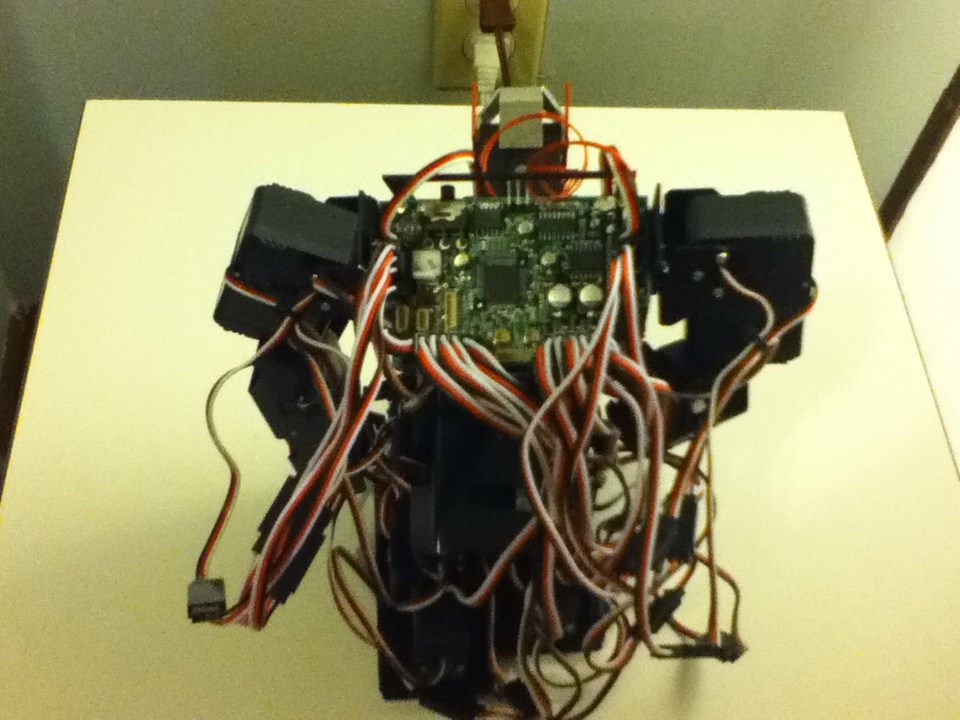

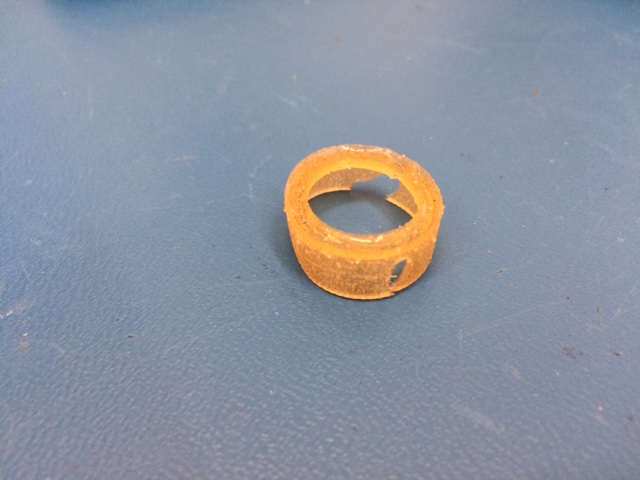
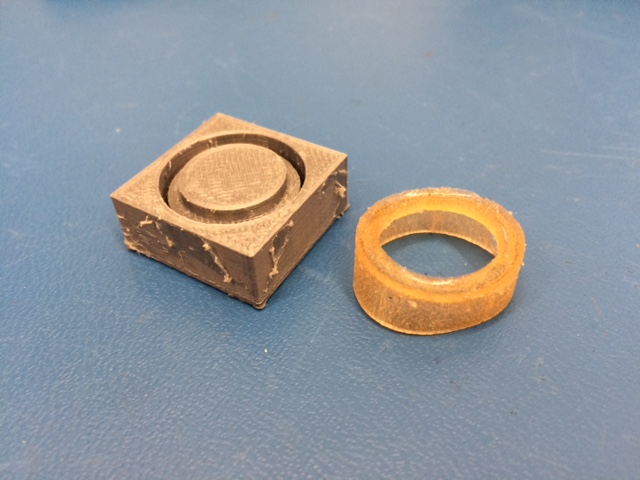
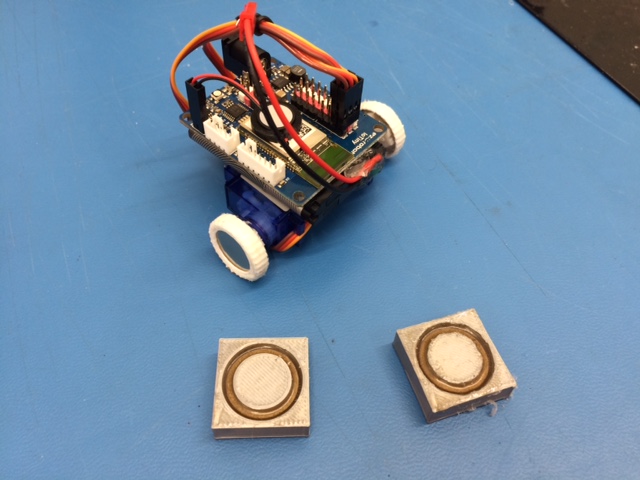
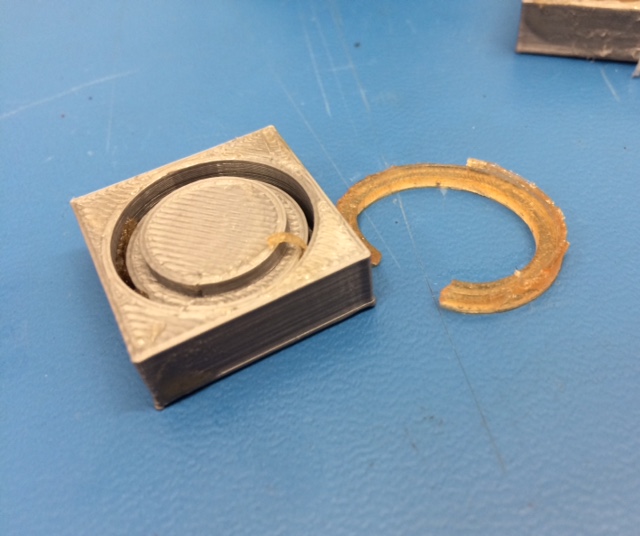
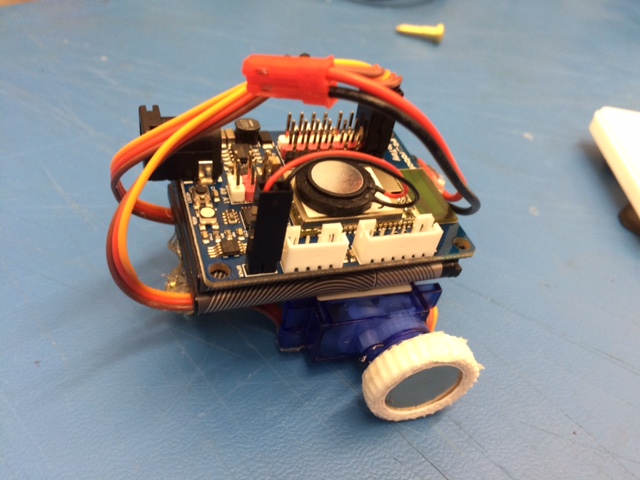
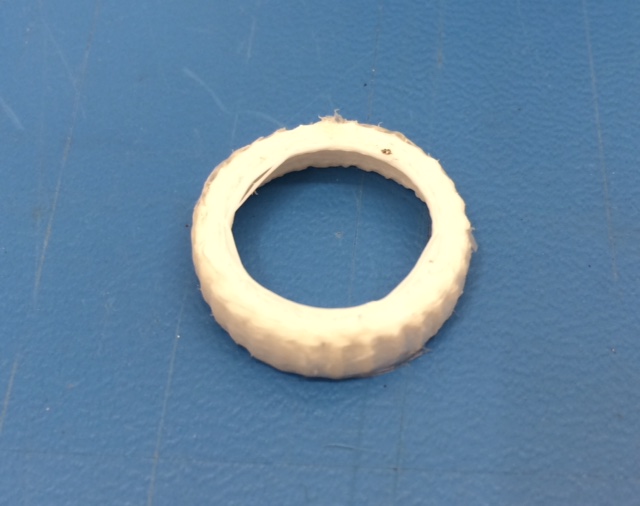
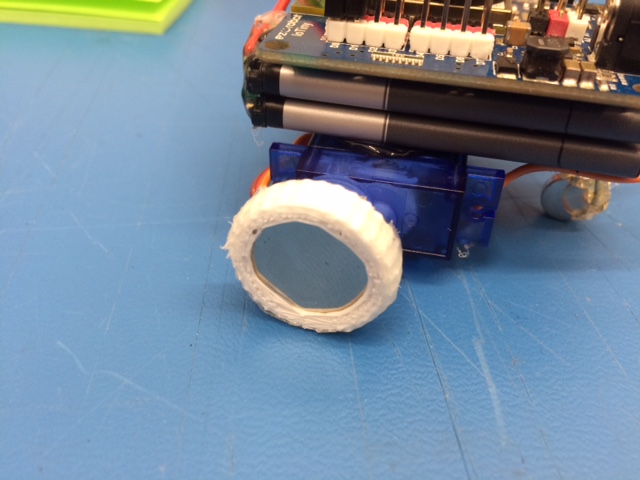
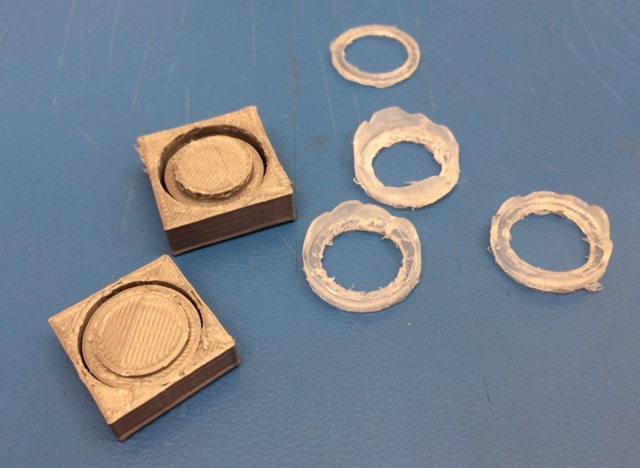
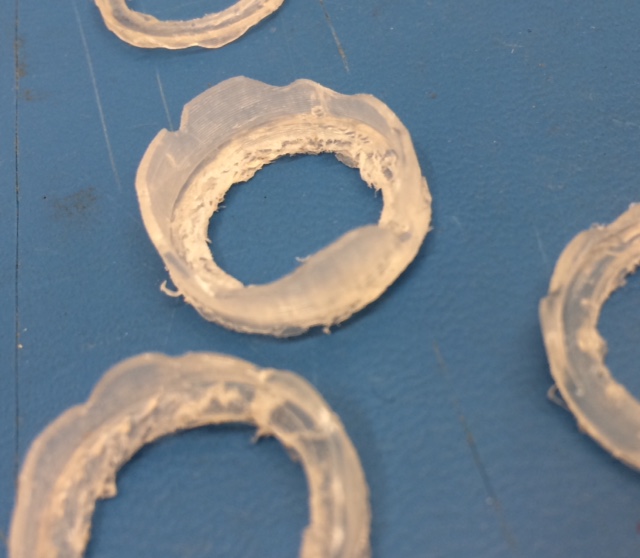
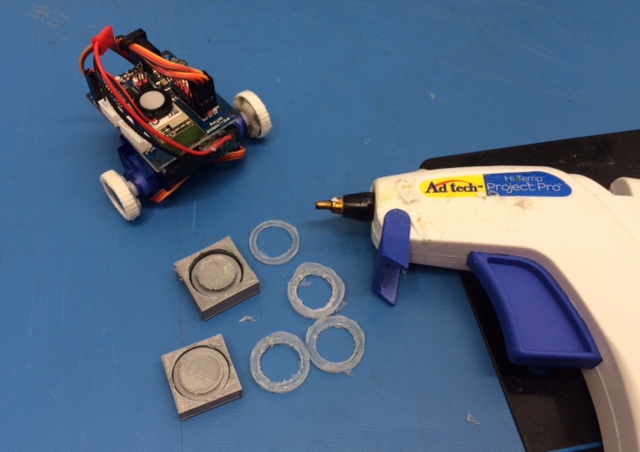
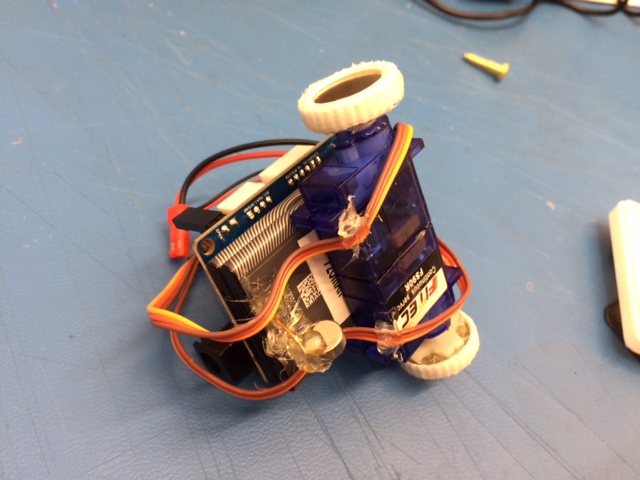
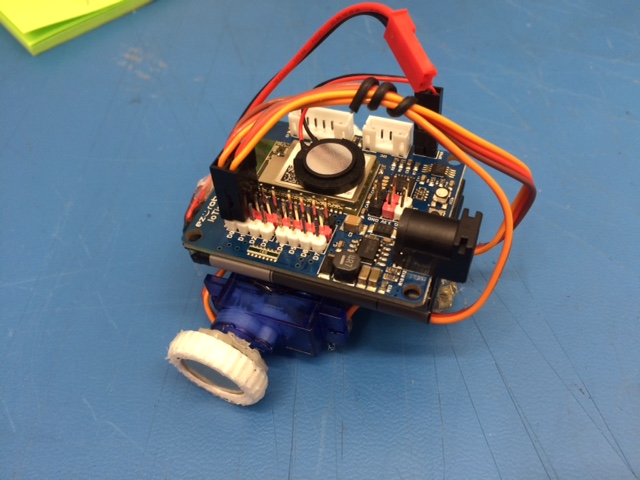

Thanks for your suggestions guys!
Sorry but the community has spoken and the name with the highest votes was MagneDrive
@Dave, DJ will be proud that you picked that name! lol
@Nallycat, Yeah I thought something relating to geckos would be fitting too.
@Jeremie, I love MagneDrive!
It's a Magn-ificent robot! With a Magne-tic personality!
Thanks Justin! Lol
Whoops! I forgot to update you guys on the Wheels. As it turns out I was able to create some silicone tires with some mold making silicone my wife had left over. I would have purchased the silicone Will had suggested but I couldn't justify the cost for only 2 tires.
I learned a few things while making these tires that I wanted to share:
3D printed molds work! There just has to be enough room for the silicone to flow into. I chose a 2mm gap for the smallest dimension. 1mm gap was terrible and the silicone just ripped apart trying to get it out.
Wait longer than suggested for the silicone to cure. The longer I waited the better. I waited 24 hours to remove the tires from the mold, the silicone felt much stronger (better bond) than I'd felt before.
Mold release is probably a good idea I forgot to spray mold release before I put the silicone in. While I was still able to remove the wheels, it would have been much easier with mold release.
I forgot to spray mold release before I put the silicone in. While I was still able to remove the wheels, it would have been much easier with mold release.
In order for the silicone to settle evenly into the mold you need to use vibration to get the air bubbles out. Heat works to remove some bubbles but not all of them. Next time I will have to make a vibration bed for this or do a lot of tapping with a screwdriver lol.
The silicone can set up pretty fast (5 mins) so you need to move quickly to get all the tires poured and settled.
Even with the soft silicone of the tire, the magnet is smooth enough to slip inside the tire. I ended up super gluing the tires to the magnets.
Here's a picture of the tire with bubbles still in the mold:
Picture of a tire next to the 3D printed mold:
Not only are you a Robot genius, you're a freaking mad scientist. eek
Lol, Thanks Dave!
I'm just a maker and life long learner like the rest of you guys. The only difference is that I work with @DJ Working closely with @DJ has pushed me to levels I never thought I'd reach. It has allowed to reach my personal goals and even dreams I've always had at an accelerated rate. @DJ has also given me countless new opportunities that have allowed me to grow and advance. If you think he is inspirational with his online presence try working next to the guy!
Working closely with @DJ has pushed me to levels I never thought I'd reach. It has allowed to reach my personal goals and even dreams I've always had at an accelerated rate. @DJ has also given me countless new opportunities that have allowed me to grow and advance. If you think he is inspirational with his online presence try working next to the guy! 
Awe now that’s an endorsement thanks jer
thanks jer
Thank you @DJ Thank you!